Golfer's Elbow vs Tennis Elbow
Tennis elbow and golfer's elbow are some of the most common repetitive strain injuries and as their names suggest, they are more commonly caused by sports that make use of the elbow quite a lot.
Tennis players are more likely to develop tennis elbow due to the swings of a tennis racket and the adjusting of the angle of the tennis racket, similarly, golfer's elbow is caused by the range of different swings and the way they have to hold their golf clubs.
Because they are both overuse injuries, repetitive strain is obviously also a major factor so it's not only sports that cause golfers and tennis elbow; you can get it from any repetitive actions such as painting or using handheld tools.
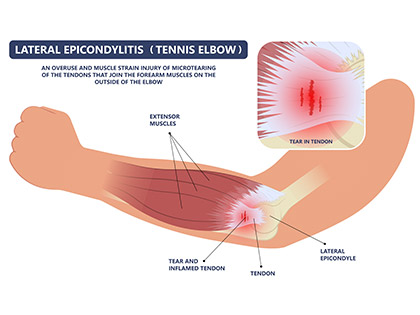
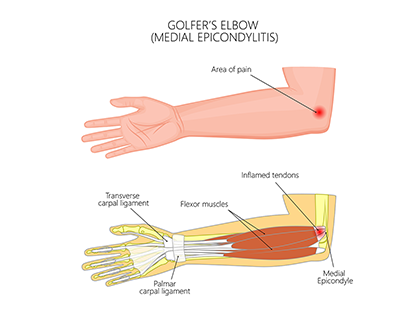
This also means that you can get tennis elbow from playing golf or golfer's elbow from playing tennis, you're just more likely to get them from the sports that they're named after.
The scientific names of tennis and golfer's elbow can actually help us to understand how these two conditions are different. Tennis elbow is known as Lateral Epicondylitis and Golfer's elbow is known as Medial Epicondylitis.
Lateral and medial are used in biology to describe the general position of parts of the body hence why there are also ligaments in your knee that have lateral and medial in their names.
Lateral typically refers to the outside or outer part of something whereas Medial refers to something that's towards the middle of something or inside part of something so they are usually opposite each other.
A simpler way of explaining this would be to distinguish that Tennis Elbow is on the outside part of your arm near the elbow as shown in the diagram above and golfer's elbow is on the inner forearm part of your arm but near the elbow.
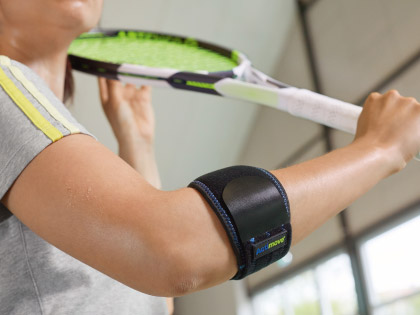
Tennis Elbow
As mentioned in the diagram, tennis elbow is an overuse and muscle strain injury that involves damage to the tendons connecting your forearm muscles to the outside of your elbow.
What are the causes of tennis elbow?
Anything that involves repetitive gripping and grasping so you can get it from things like:
- Handheld tools
- Bricklaying
- Using a knife
- Painting or drawing
- Racket Sports like tennis and squash
- Throwing sports like Javelin
Symptoms of tennis elbow
The most common sign is pain and tenderness along the outside part of the elbow and this can affect the rest of the arm, all the way down to your hand which might feel a bit weaker.
Tennis elbow pain can range from discomfort to sharp pain with movement. Certain activities will increase this feeling of pain or discomfort such as:
- Making a fist
- Twisting of the arm
- Lifting
- Extending your fingers
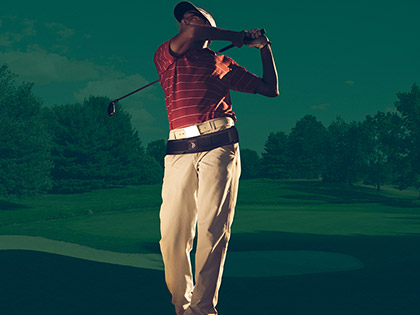
Golfer's Elbow
As you may have already gathered, Golfer's elbow is pretty much the same as Tennis elbow but on the inside part of your elbow
What are the causes of golfer's elbow?
Because they are so similar, the causes of the two are pretty much the same so anything that involves gripping can cause golfer's elbow but the 'throwing' action is also a common cause.
Twisting, like tennis elbow, is also a common cause but more for tools than in sports where there is less twisting of the arm.
There is twisting and turning of limbs in sports, especially with golf and tennis but the twisting is less repetitive in golf and is more of a slight twist through a long driving motion which also involves the full extension of the arms.
It strains the tendon differently but damages it just as much as more repetitive movements.
As mentioned earlier, the sports that can cause tennis and golfer's elbow are racket sports and throwing sports but you're more likely to get golfer's elbow from throwing sports.
There is another common injury that involves sports and the elbow that we haven't covered in this blog; thrower's elbow.
This is common in sports like cricket and baseball, it is a sprain injury to the medial ulnar collateral ligament.
The most important word is medial which indicates which ligament it is, it is similar to the tendon that is affected by Golfer's elbow (medial common flexor tendon) because it connects to the same part of the epicondyle so they typically work together.
Symptoms of Golfer's Elbow
As is the case with tennis elbow, golfer's elbow is usually identified by the pain and discomfort in the elbow when the damaged tendon is.
A simpler way of putting this is its pain in the 'funny bone' which feels worse when using the hand or feelings of numbness with movement.
As mentioned earlier this pain will be on the inside part of your elbow so it's at the top of your flexor muscles as opposed to your extensor muscles.
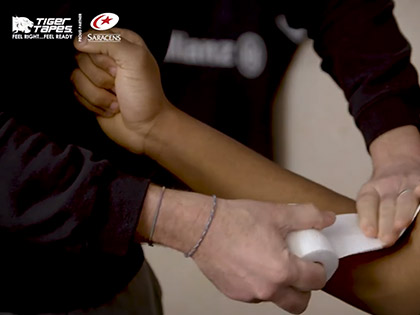
How to treat Tennis and Golfer's Elbow
The only thing that is more or less the same with these two conditions is how they are treated.
Because they are overuse injuries, the best and most important treatment is rest, try not to use your elbow at all and only use it when you really have to.
Thankfully they can both be treated very easily unless it's a severe case which sometimes requires surgery or cortisone injections.
The best relief for pain is using anti-inflammatories like ice and NSAIDs which will help with initial treatment and managing pain.
As is the case with most overuse injuries and acute sports injuries, the POLICE principle or PEACE & LOVE can be used as guidelines for treatment.
Injury treatment and recovery essentials like taping and supports or braces will also be key to making your elbow feel and work better.
Ultimately treatment will only help with addressing your existing condition so you will need to take other measures like strengthening and exercises in order to avoid getting tennis or golfer's elbow again.
If your tennis or golfer's elbow does not start to feel better or you still have pain with movement then you should consult a medical professional.
If it's a sports-related injury and it's not getting better then it's a good idea to completely avoid sports for a while but if you developed the condition from work then you might have to avoid any tasks that can irritate the tendon and epicondyle.
Other than the things already discussed, there are a few more things you can do to help relieve pain and take better care of your elbow.
Unfortunately for tasks and activities that can only be done one way such as painting and bricklaying, there's not really more you can do besides rest and the treatment mentioned above.
If you're a sports enthusiast or athlete then the most important thing will be to address the root cause of your tennis or golfer's elbow so it will be in your best interests to consult a coach who can help you to correct your form.
Correcting your form helps with avoiding re-injury but it's more of a prevention measure than a guarantee, in order to help increase your chances of re-injury you have to do golfer's elbow and tennis elbow strengthening exercises.
These exercises can be more grip strength, strengthening the flexor and extensor muscles, shoulder exercises and wrist exercises because general strengthening of the arm will also help with correcting your form.
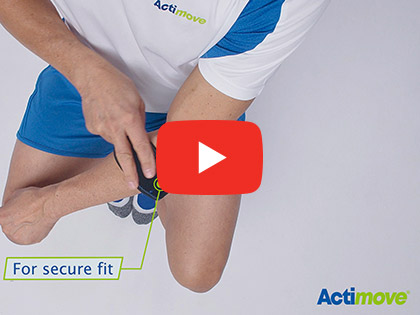
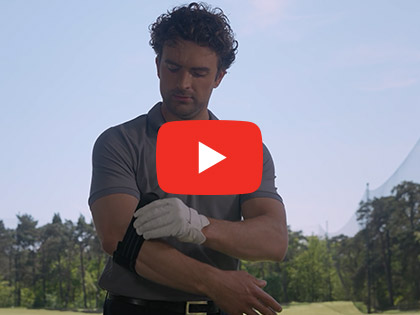
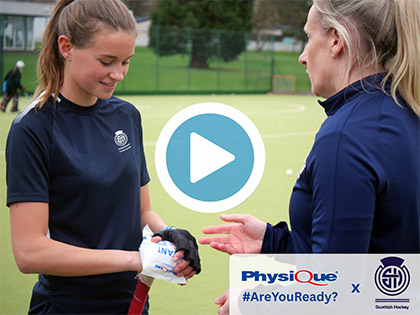
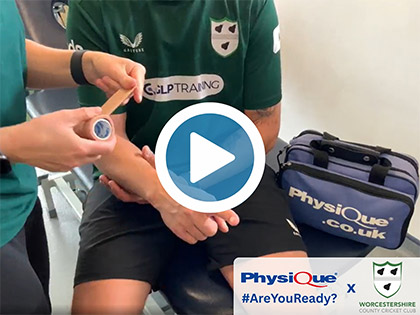
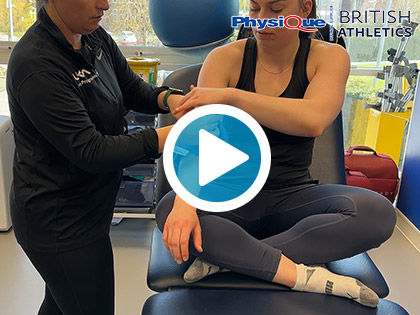
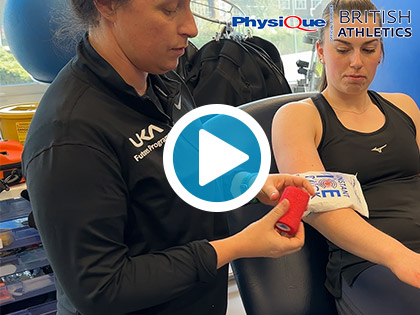
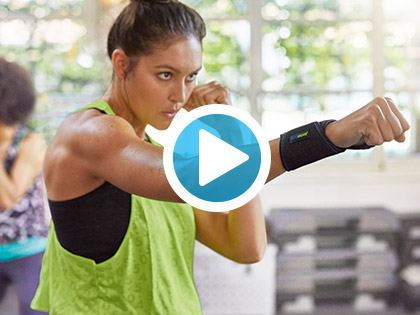
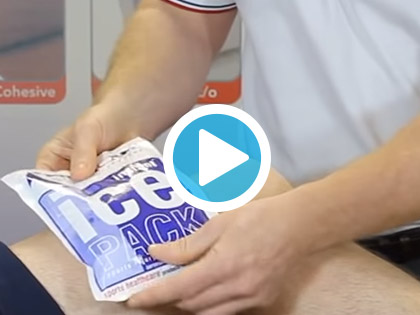
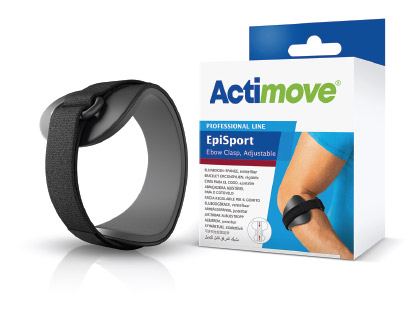
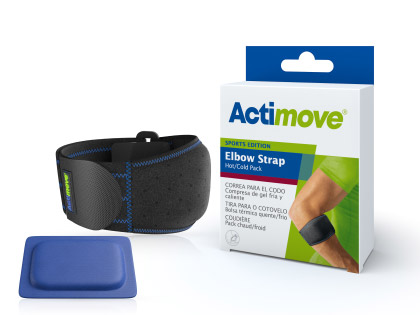
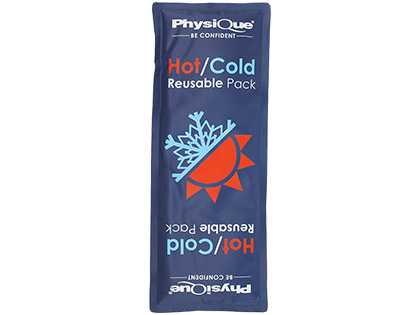


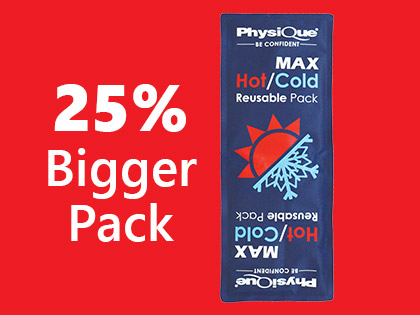


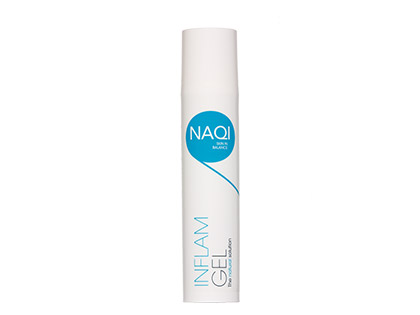
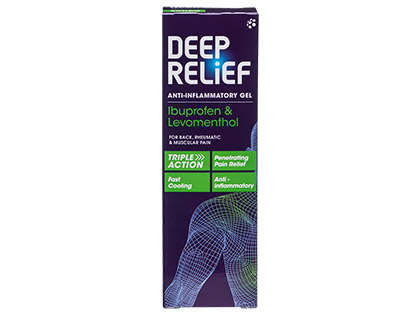
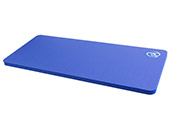

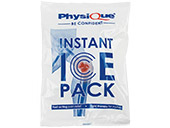

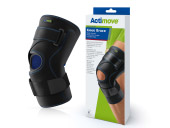
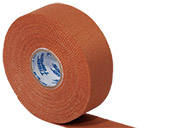
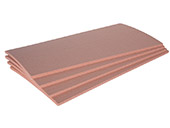
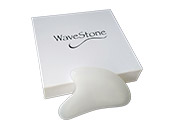
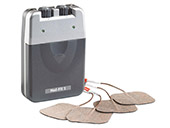

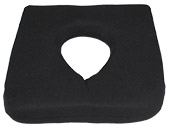
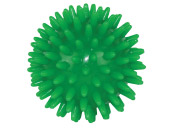
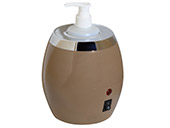
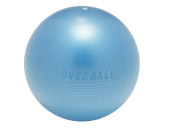

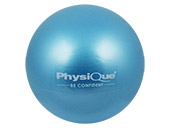
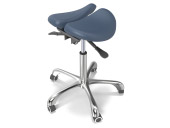
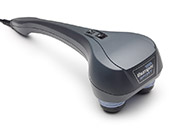
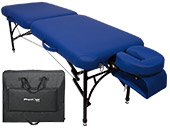
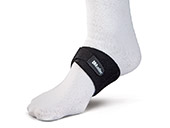

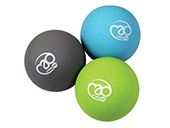
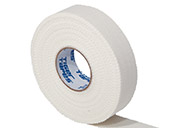
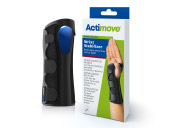

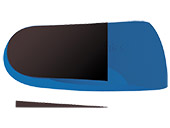
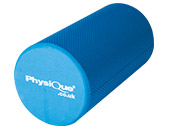
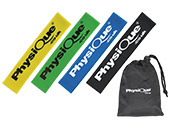
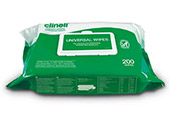
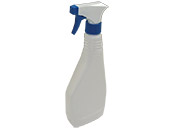
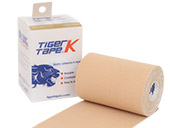
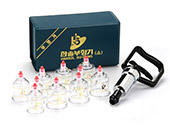
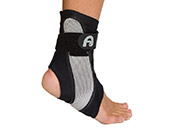
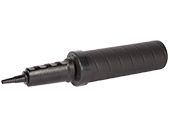


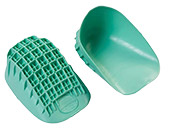

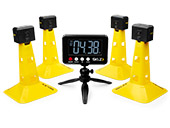
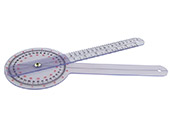
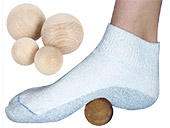
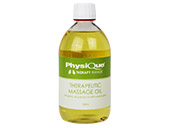
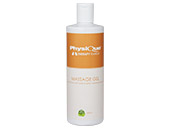
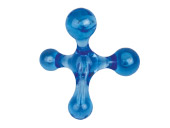
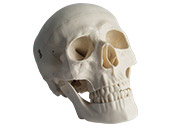

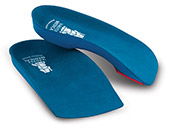
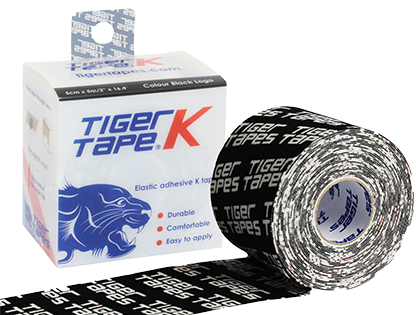
Did you find this article useful?
Why not share this with a colleague, patient or friend?